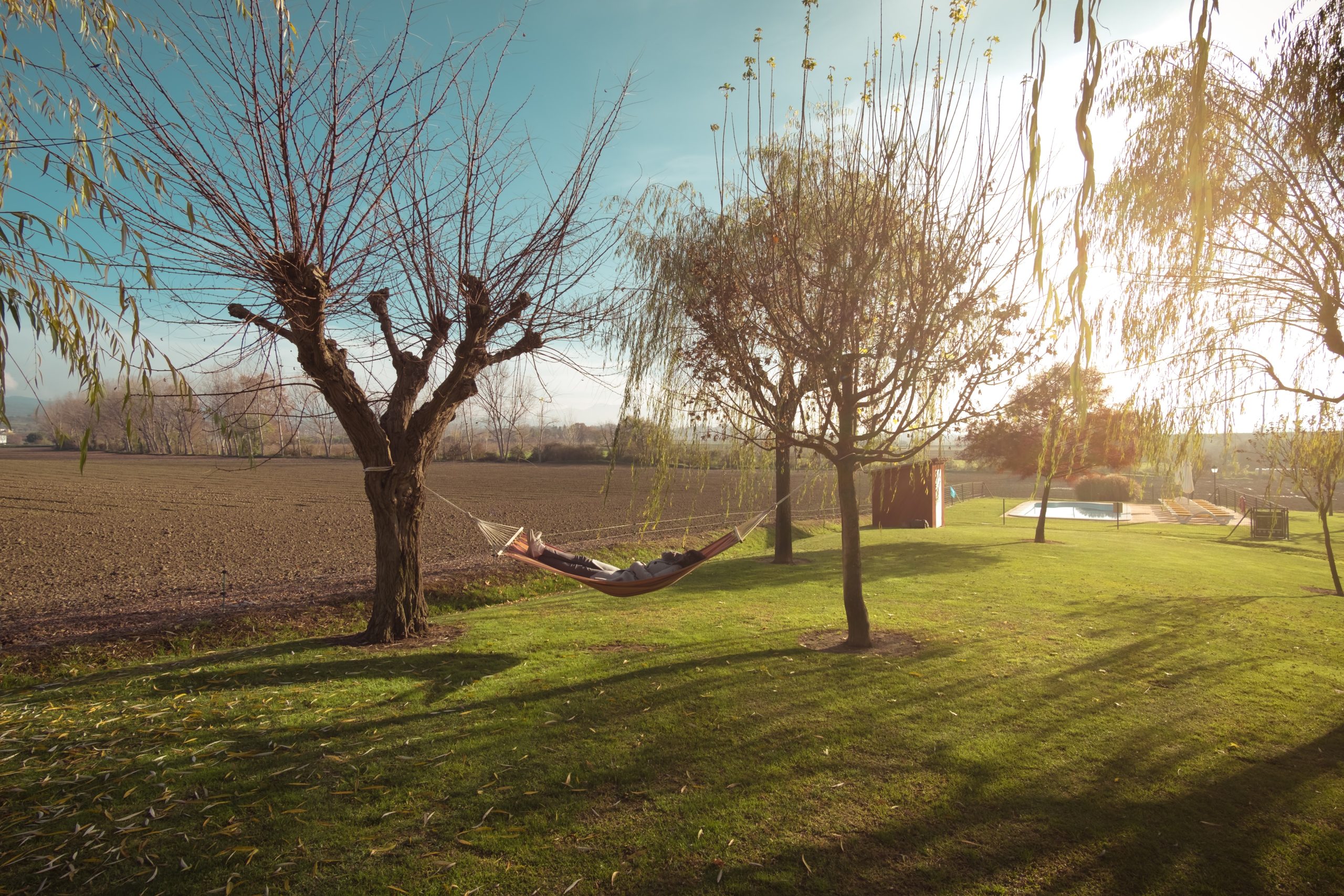Lifestyle
A slacker’s guide to climate-friendly gardening

Planting soft fruit bushes and strawberries means that, with a bit of effort, you can harvest fruit every year. (Pexels Photo)
A pristine garden can come with an environmental cost. The chemicals we use to kill weeds and bugs rely on fossil fuels, and can disrupt local wildlife.
But gardening doesn’t have to be a guilt-inducing chore. In fact, it can be a liberating act of eco-conscious laziness.
You won’t single-handedly solve all the world’s woes with your plot of land. But there are several simple things that, if you just stop doing them, will help the environment and wildlife.
So stop being so tidy. And say goodbye to herbicides and pesticides.
Becoming a lazier gardener can have many positive effects. It can contribute to lowering your garden’s carbon footprint and help to reduce the risk of flooding.
But that’s not all. In a world where insects are in decline due to global warming and changes in how land is used and managed, your less manicured garden can also become a haven for these essential creatures.
These same insects serve as vital sustenance for hungry birds. A single blue tit chick can alone eat around 100 caterpillars each day.
Keep carbon in the ground
Exposing soil through digging causes the carbon that is stored in it to be released. It can also degrade the soil’s structure and make it less fertile.
If you’re mindful of the environmental cost of carbon escaping from your soils (in addition to all of the toil involved in digging, planting and weeding) then it may be worth planting perennial fruit and vegetables that live for many years, rather than plants that last one season and then die off.
There will always be some soil disturbance as you manage your beds – particularly when you first plant your crops. But the use of perennial crops can help to reduce this, with the added benefit of requiring less of your time.
Planting soft fruit bushes and strawberries means that, with a bit of effort, you can harvest fruit every year. And if you have plenty of room, you could also consider planting asparagus and using strawberries as a companion crop planted in between to help suppress weeds and keep your soil covered.
Fennel plants come back every year, too, and produce lovely flowers and edible seeds as long as you don’t harvest their bulbous stems. Globe artichoke plants are another option to liven up your summer meals. But remember to leave a few to bloom as this will provide pollen for bees and butterflies later in the year.
That said, annual plants do have their benefits, too. These plants add organic matter to the soil as they die off each year and should reseed to come again. But, if you have to constantly dig over the bed and replant from scratch, then this will have an environmental, energy and financial cost.
Keep it covered, stay lazy.
Become a wildlife haven
Another excellent way to keep soil covered and add variety to your little patch is by planting a meadow – or rather an unruly lawn with the addition of a few wildflower species.
Many people have dipped their toe into the lazy gardener’s life through “no mow May” – a national campaign to encourage people not to mow their lawns until the end of May. But you could opt to extend this practice until much later in the summer for even greater benefits.
Allowing your grass to grow longer, and interspersing it with pollen-rich flowers, can benefit many insects – especially bees. Research finds that reducing mowing in urban and suburban environments has a positive effect on the amount and diversity of insects.
Your untamed lawn won’t only benefit insects. It will also encourage more birds, such as goldfinches, to use your garden to feed on the seeds of common wildflower species such as dandelions.
Store more water
A well-left lawn encourages a more diverse root structure. Different plants have different types of roots. Grasses, for example, have thin roots that form a dense mat, plants like dandelions and plantago have tap roots (like a skinny carrot), and legumes like clover have wide roots that form channels in the soil.
A more complex root structure encourages water infiltration, helping our gardens manage large deluges of rain. This can prevent runoff from our properties, potentially reducing localised flooding.
Our unruly, rain-soaked refuges not only hold water when there is too much. But they also preserve it when there isn’t enough.
During droughts and heatwaves – which are becoming a more common feature of Europe’s summer season – longer lawns will capture more dew and direct it down towards the roots. This not only keeps water where it’s needed but also maintains the soil’s coolness, benefiting animals like worms that live beneath the surface. Cutting grass during droughts and heatwaves can exacerbate stress for the plants, adding to their misery during such conditions.
So an excellent way to avoid a brown, parched patch is to be slack. Mow it towards the end of summer and bask in your climate-friendly gardening success. And remember, the concept of laid-back gardening isn’t just for summer; it’s equally important during autumn and winter too.

Don’t have time to read about climate change as much as you’d like?
Get a weekly roundup in your inbox instead. Every Wednesday, The Conversation’s environment editor writes Imagine, a short email that goes a little deeper into just one climate issue. Join the 20,000+ readers who’ve subscribed so far.![]()
Aimee Brett, Lecturer in Ecology & Conservation, Nottingham Trent University
This article is republished from The Conversation under a Creative Commons license. Read the original article.





















